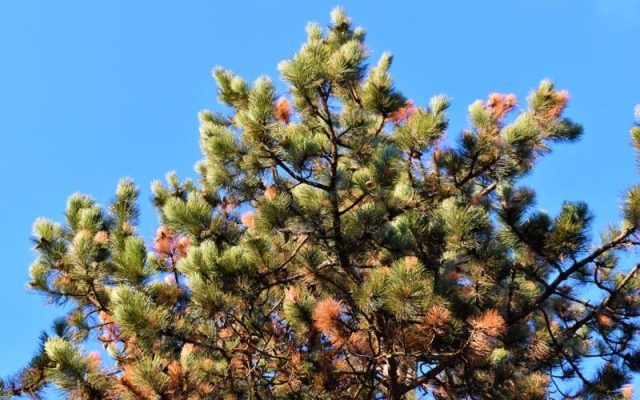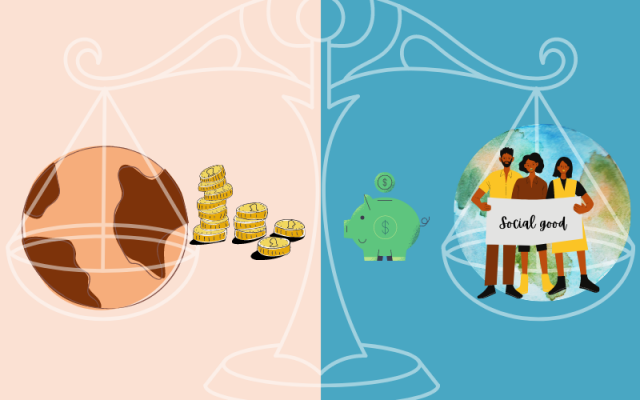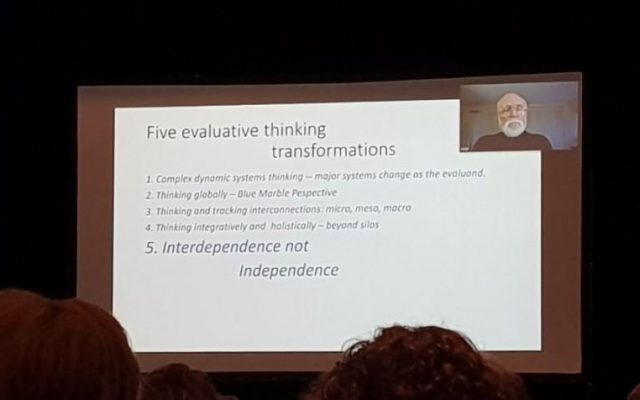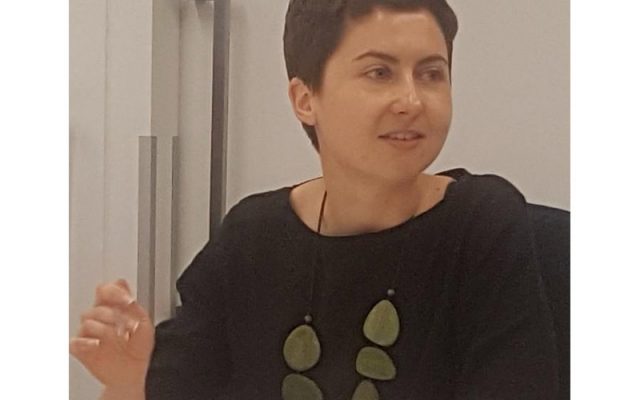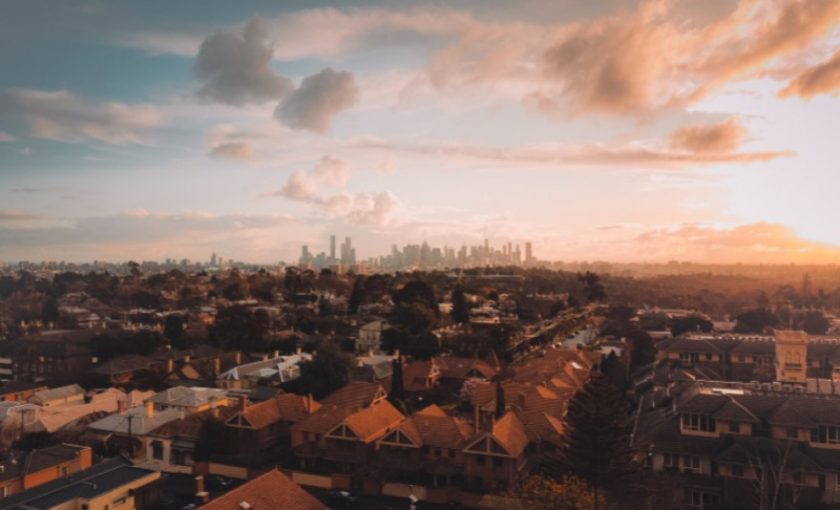
On Narrm
This NAIDOC Week we are collectively reflecting on and learning about the survival, history, living culture and achievements of Aboriginal and Torres Strait Islander peoples. This week our teams have been invited to reflect on our connections to the Aboriginal lands on which we work, and on the excellence in evaluation practice being showcased by Aboriginal and Torres Strait Islander people.
This blog is from our Narrm (Melbourne) office, on the lands of the Bunurong Boon Wurrung and Wurundjeri Woi Wurrung peoples of the Eastern Kulin Nation.
Our Victorian team of ARTD acknowledge the Traditional Custodians of the land, the Bunurong Boon Wurrung and Wurundjeri Woi Wurrung peoples of the Kulin Nation and pay respect to their Elders past and present and honour their ongoing custodianship over the lands, sky and waterways.
For the Kulin Nations, Narrm (Melbourne) has always been an important meeting place for events of social, educational, sporting and cultural significance. Indeed many say the proper name for the MCG is the Melbourne Corrobboree Ground.
Womindjeka / Wominjeka means ‘welcome’ in the language groups of the Boon Wurrung and Woi Wurrung (Wurundjeri) peoples of the Kulin Nation and in today’s blog we hear some reflections from the Victorian team and how Narrm has made them feel welcome.
Brad Astbury – Director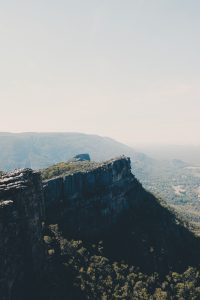
I was born on the lands of the Gunditjmara people of south-western Victoria. My father was a shearer who led a largely itinerant life. During my childhood we travelled around Australia, never settling long in any one place. When I was about 14 years of age, we returned to Gunditjmara country where I spent most of my weekends roaming, fishing and hunting in Gariwerd (the Grampians) – home to the largest number of Indigenous rock art sites in Victoria.
Bunjil shelter was one of my favourite places to visit. It contains the only known painting of Bunjil, the ancestral spirit who created life and took the form of both human and eagle. I have lived in Narrm (Melbourne) for 20 years, but the spiritual connection I have with the land, plants, animals and waterways of the Gunditjmara peoples will always remain strong
Don Bemrose – Manager
I’m a Gunggari man, a murri (Queensland) who grew up on the lands of Kabi Kabi (Sunshine Coast). I have had the honour to sing in the languages of Woi Wurrung and Gunditjmarra and perform across the entire state of Victoria.
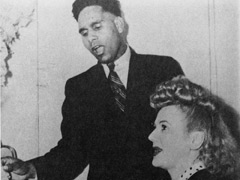
Harold Blair, Marjorie Lawrence. Source: NFSA
So, whilst Narrm may seem a long way from my own country, having lived here, on and off for the past 11 years, I have discovered that this country has been home to many significant cultural connections.
Fellow Gunggari man, Harold Blair studied at the Melba Conservatory and raised his family here; whilst my love of languages was inspired by Kabi Kabi Linguist, Dr Eve Fesl. In 1981 Dr Fesl became the first Aboriginal woman to be appointed Director of the Aboriginal Research Centre at Monash University.
Natasha McDonald – Consultant
I recently moved to Narrm (Melbourne) and live near Albert Park – which was a meeting place for over 40,000 years for the Wurundjeri people before British colonisation – near the beautiful, spiralling Yarra River, originally called Birrarung by the Wurundjeri.
I love these places where Narrm’s natural beauty can be enjoyed, but, as a migrant and non-Indigenous Australian, these spaces are also reminders to me that we live on stolen land. I am grateful for the opportunities NAIDOC week provides to continue learning about the land I now live on and the many First Nations peoples, cultures and languages that inhabit it.
This year, I am enjoying revisiting my favourite art and music: the vibrant and moving artworks of Kaanju/Kuku Ya’u/Girrimay (Cape York/Queensland) artist Emma Hollingsworth (Mulganai) and Goreng Goreng (Queensland) artist Rachael Sarra and the music of Yolngu (Arnhem Land/Northern Territory) rapper Baker Boy.
As a team, we are committed to our reconciliation journey, because at its heart, reconciliation is about strengthening relationships between Aboriginal and non-Aboriginal peoples, for the benefit of all Victorians.

